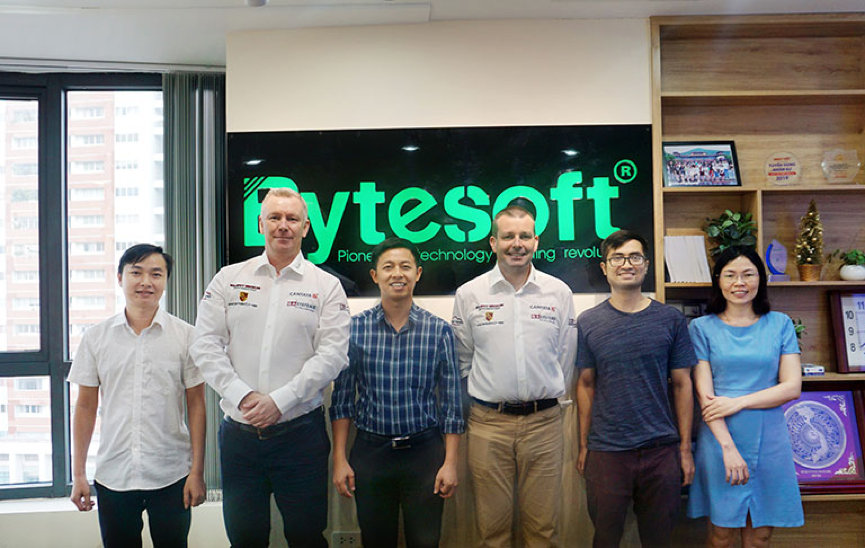One of NGSP functions is to connect and share data between national information systems, from the government database to the local data storage system.

It is believed that E-Government (e-Government) is an inevitable trend for many countries nowadays. E-Government once implemented will provide citizens with 24/7 interaction, therefore, saving time and cut costs. It will also reduce corruption, enhancing transparency, improve the operational efficiency of the Government.
In developed countries, the benefits that e-government brings are clearly reflected in the following numbers. According to a recent report, a US citizen can save up $753 on average a year in accessing the Web Portal to search information if e-government is applied. In Taiwan, the application of digital document exchange system has reduced the cost of sending a document by 10 times.
These stunning statistics is what has motivated developing countries like Vietnam to make the first steps in developing an e-Government system. The goal is set as well as a detailed plan. As these countries striving to accomplish the e-government goal, the initial results are quite positive.
See more: What is LGSP?
The e-government of Vietnam is connected vertically and horizontally. In vertical connection, all data from different administrative level ( E.g: from the government to the ministries, from the People's Committees of the city to that of the commune, or from the specialized unit of the city to that of the commune) will be linked together and shared in a public database. Horizontally, the e-government system connects ministries, provinces, and specialized agencies.
In the boom of population and technology, the rising demand for information along with the mass amount of data on the open network has affected the processing speed of information. In that regard, it presents a one-time solution for data linkage and sharing called GSP. GSP or Government Service Platform is a data centre, a management system, and a tool for integration, which collects stores, and shares data between government agencies and administrative units.
Functions of NGSP
The GSP divides into two levels: NGSP and LGSP. The main function of NGSP is to connect and share data among national-level information systems, serving as a bridge between large-sized data storage systems (national information system, government databases, and local information systems), information systems of different administrative units and agencies, and other units of LGSP according to e-Government Architecture Framework of Vietnam.
See more: What are functions of LGSP?
NGSP creates a vertical connection in the e-government architecture, in which, as mentioned above, connect data from the government to the ministries, from the People's Committees of the city to that of the commune, and from the specialized unit of the city to that of the commune.
NGSP in combination with LGSP creates a huge information library but easily look up and use.








